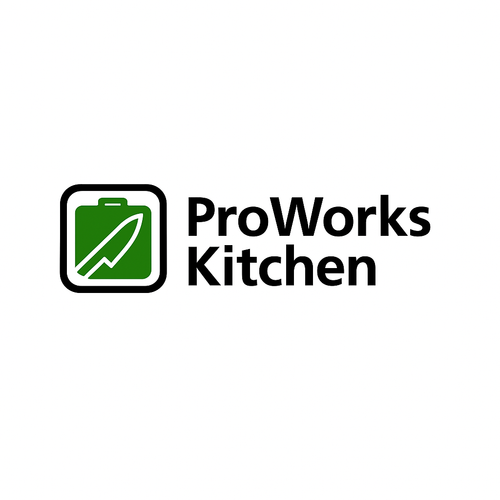When it comes to food prep, cutting boards are a kitchen essential. But did you know that the cutting board you use every day could be harboring bacteria, chemicals, and even microplastics that make you sick? While plastic and wooden boards are the most common, they come with hidden dangers that most people aren't aware of. Let’s break down why your cutting board might be putting your health at risk—and how you can protect yourself.
Plastic Cutting Boards: The Hidden Microplastics Risk
Plastic cutting boards are one of the most commonly used materials, but they come with a shocking downside: microplastics. Every time you slice through the surface of a plastic board, tiny pieces of plastic break off. Those plastic particles can transfer to your food, which means you might be ingesting microplastics without even realizing it. Recent studies show that people can ingest up to 10 credit cards worth of microplastic particles per year—just from using plastic cutting boards. This is an alarming health concern, as microplastics have been linked to potential digestive issues and long-term health problems.
Wooden Cutting Boards: Bacteria Traps
Wooden cutting boards have been a staple in kitchens for centuries due to their aesthetic appeal and knife-friendly surface. But did you know that wood can absorb food juices, creating the perfect environment for bacteria to grow? While some studies suggest that wood can naturally kill bacteria over time, deep knife marks can trap bacteria, making it difficult to clean effectively. If your wood board isn't properly sanitized, you could be exposing yourself to harmful germs every time you prepare food.
How to Protect Yourself
To keep your kitchen safe, it’s time to upgrade to a stainless steel or titanium cutting board. These materials are non-porous, easy to clean, and do not harbor bacteria or microplastics. With 304 stainless steel and 99.8% pure titanium, you get a cutting surface that’s hygienic, durable, and easy to maintain—helping you avoid the health risks associated with plastic and wood. These boards don’t absorb food, don’t develop deep knife cuts, and can be cleaned easily in the dishwasher, ensuring a safer prep environment for your food.
